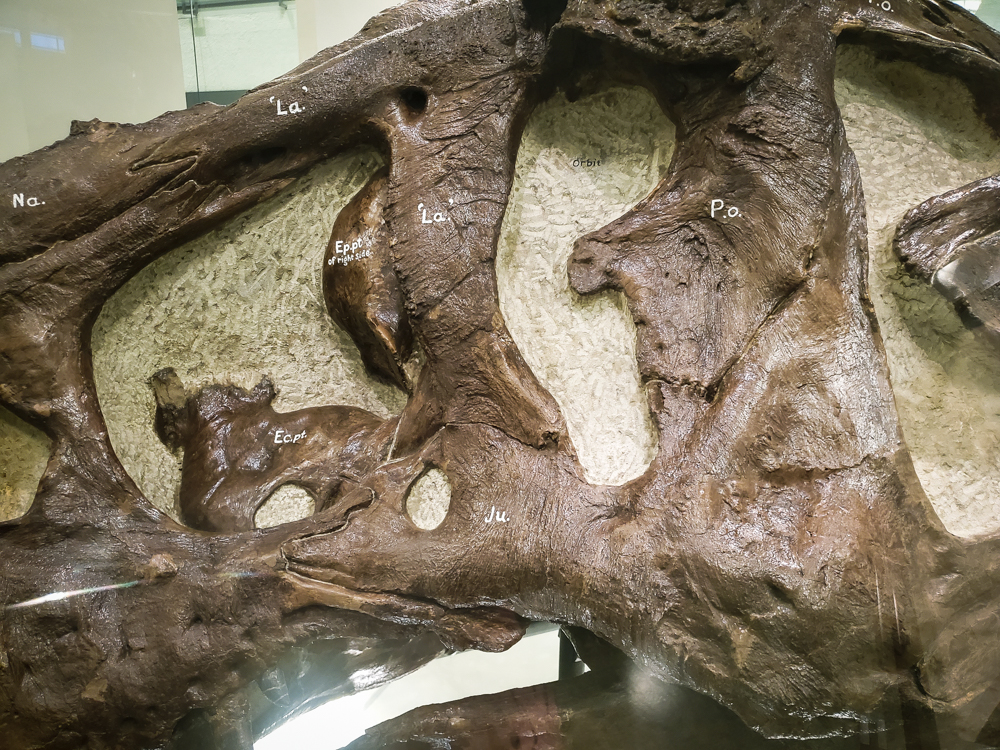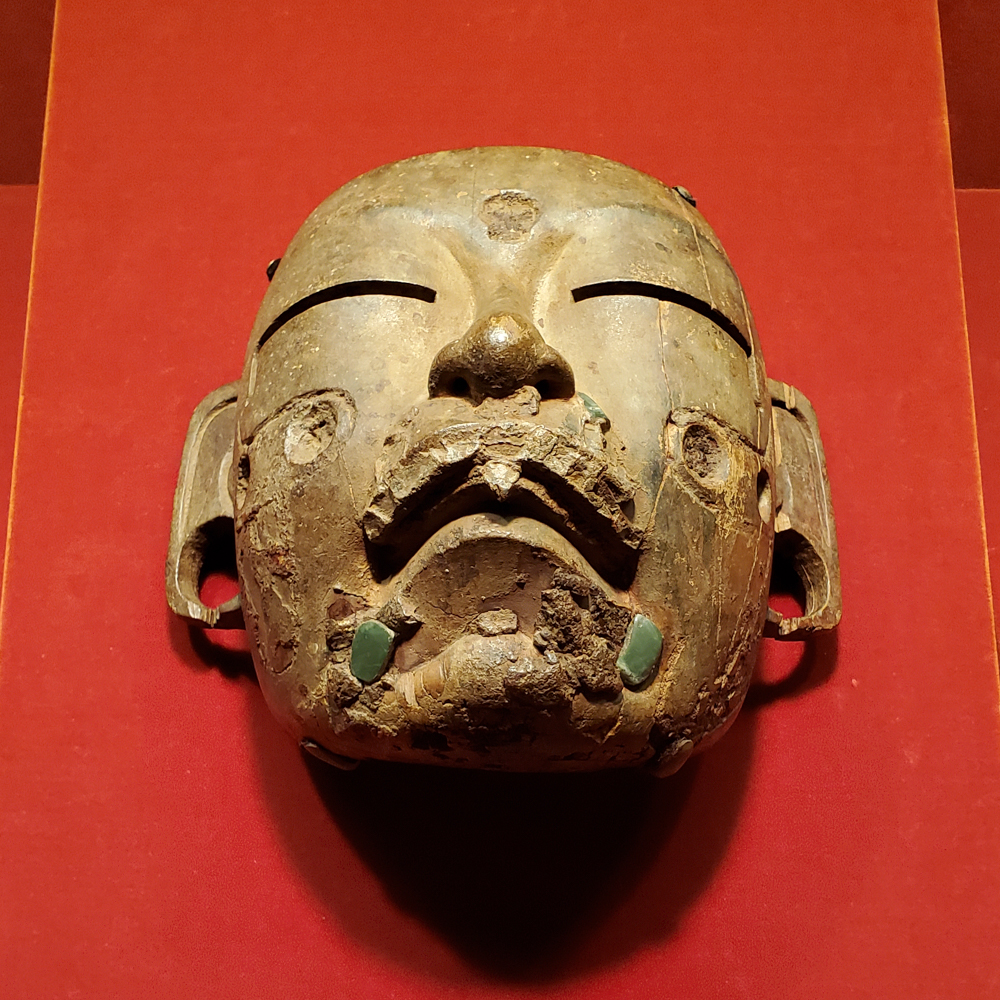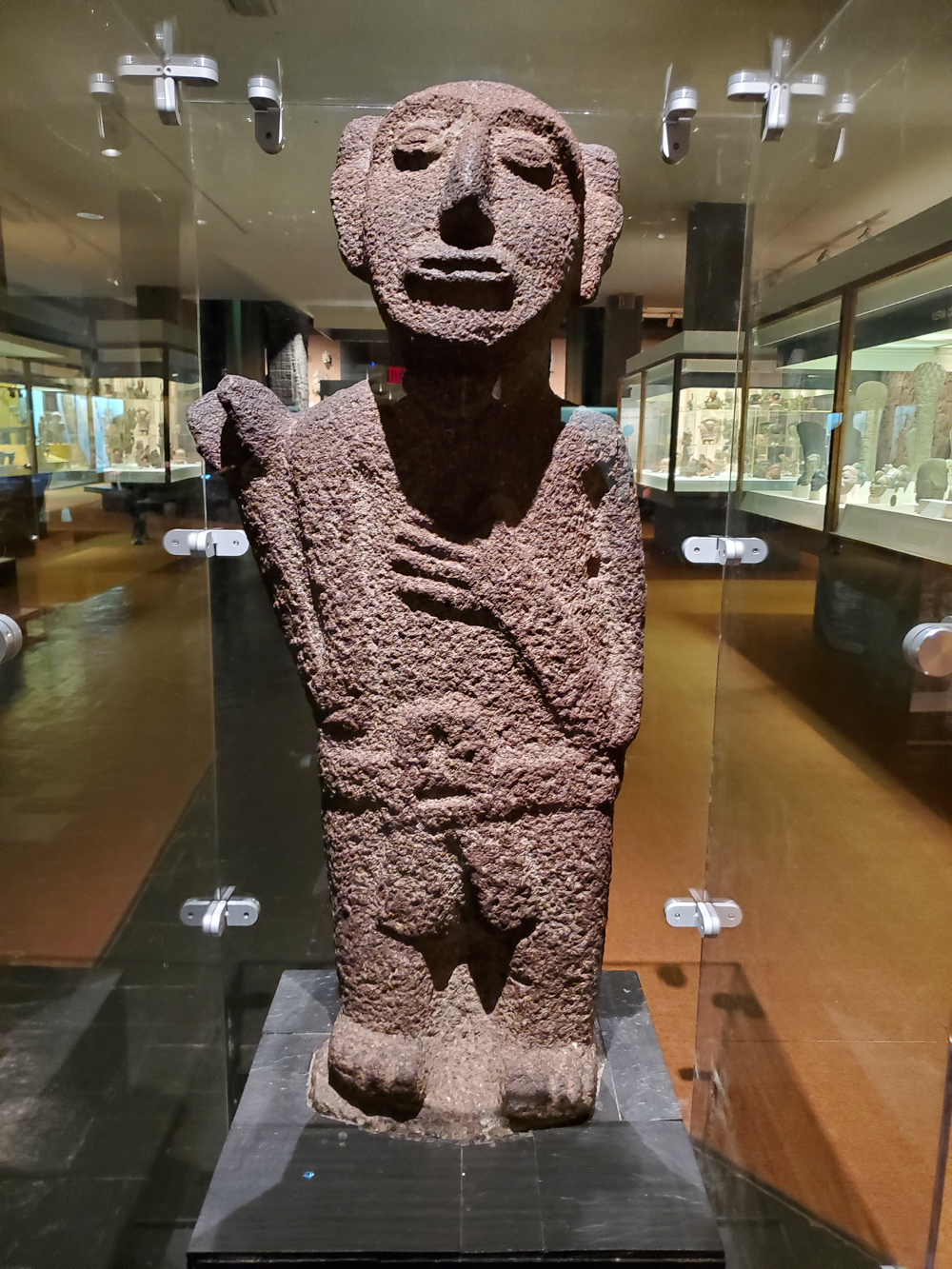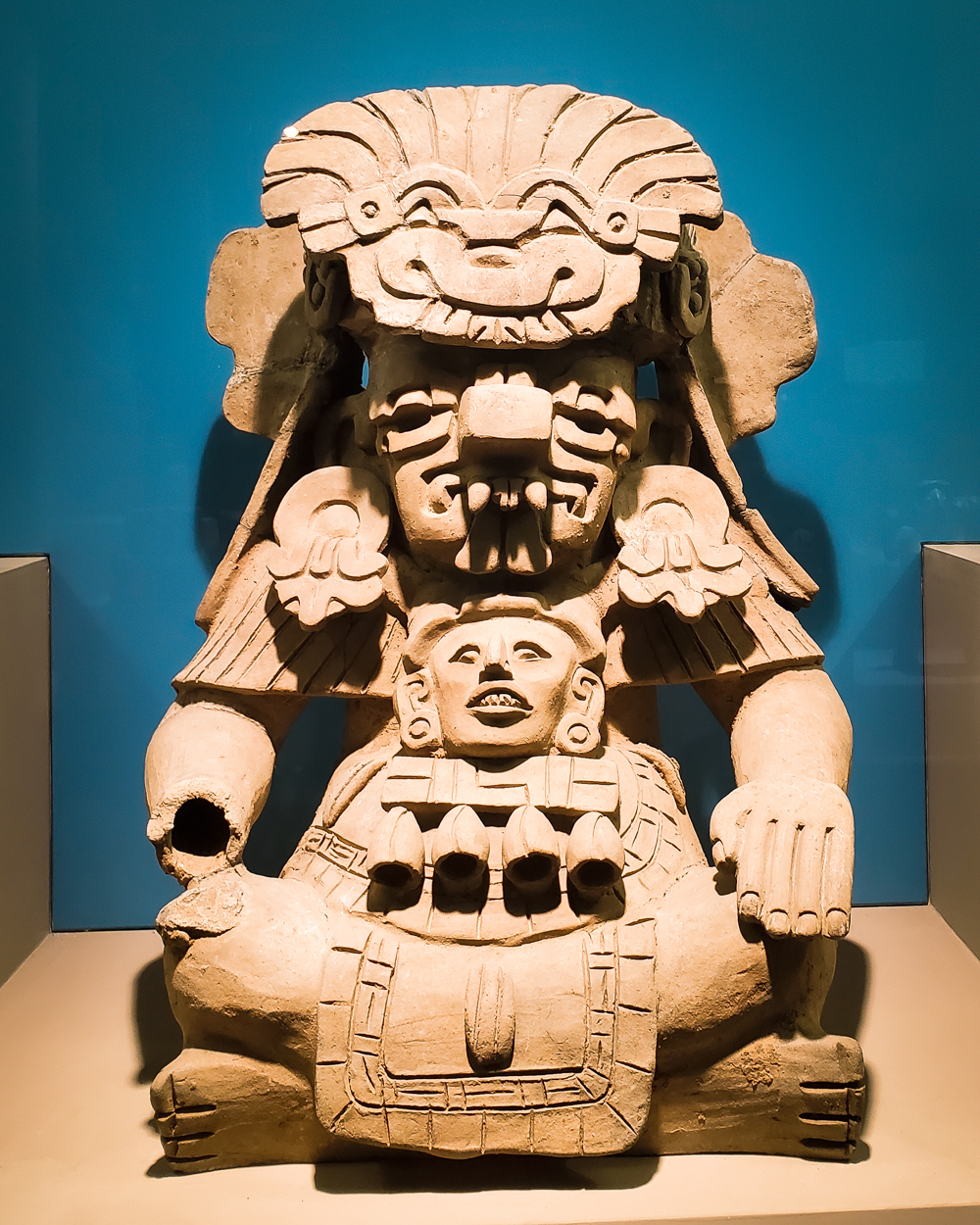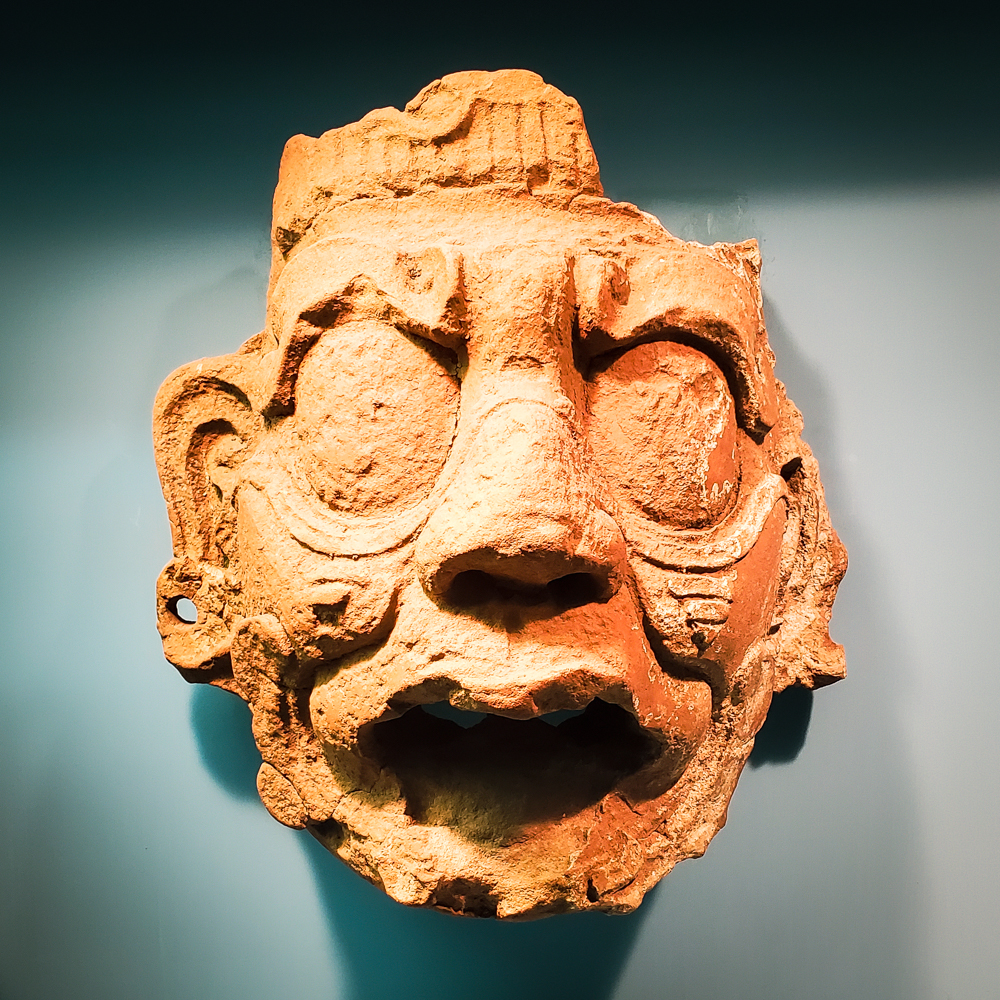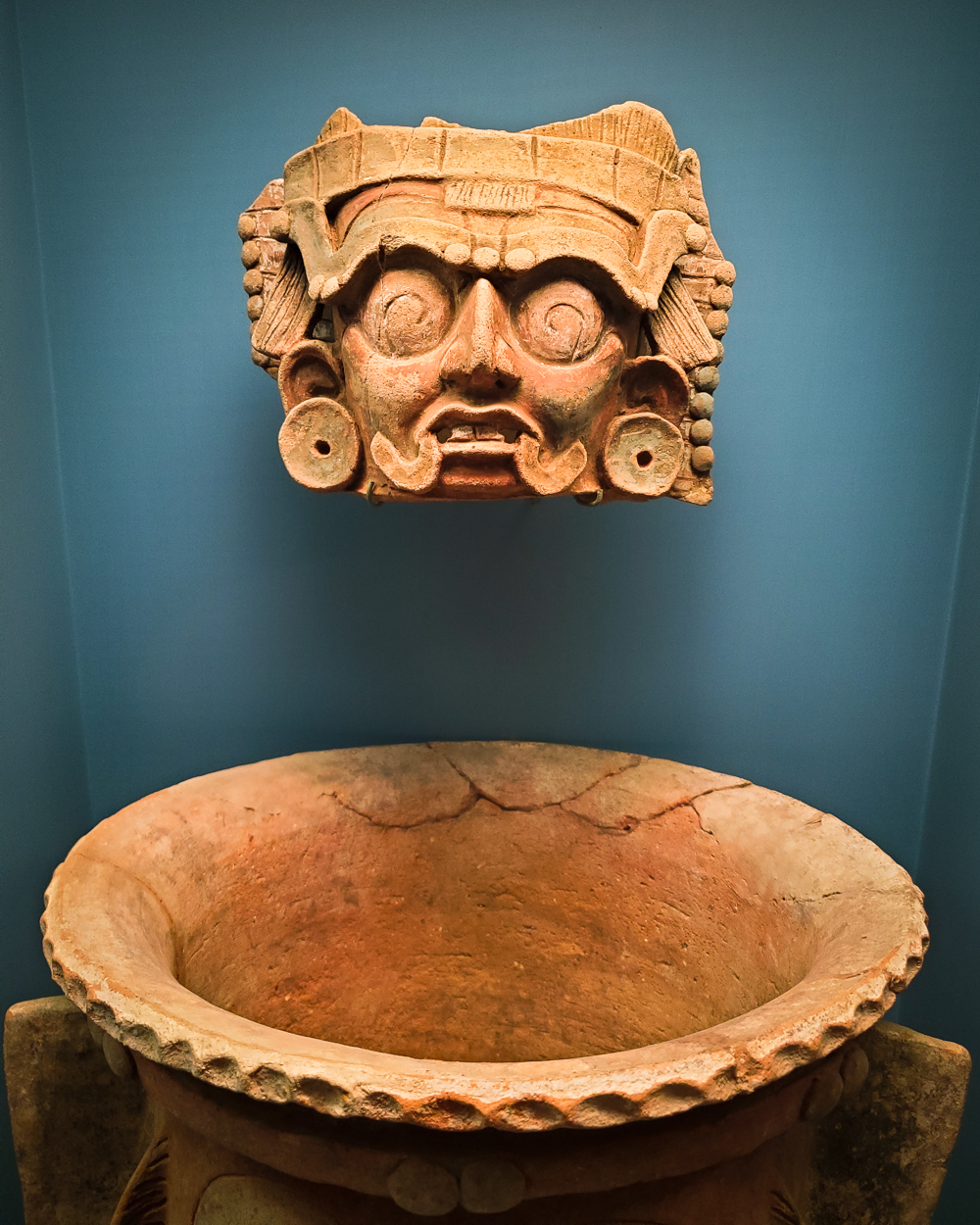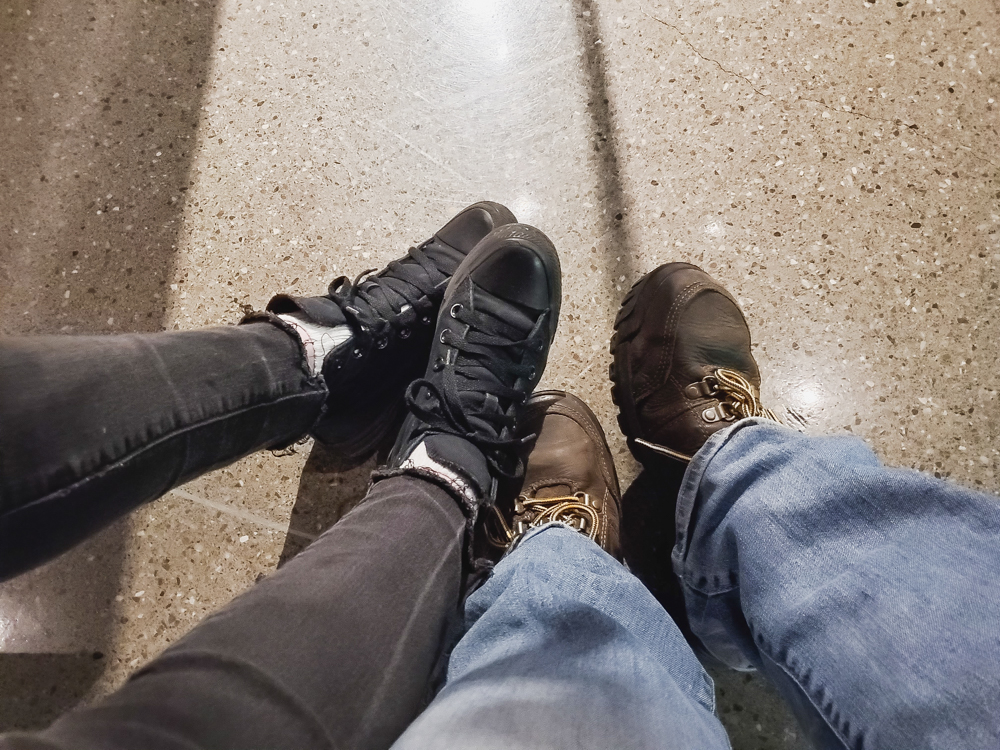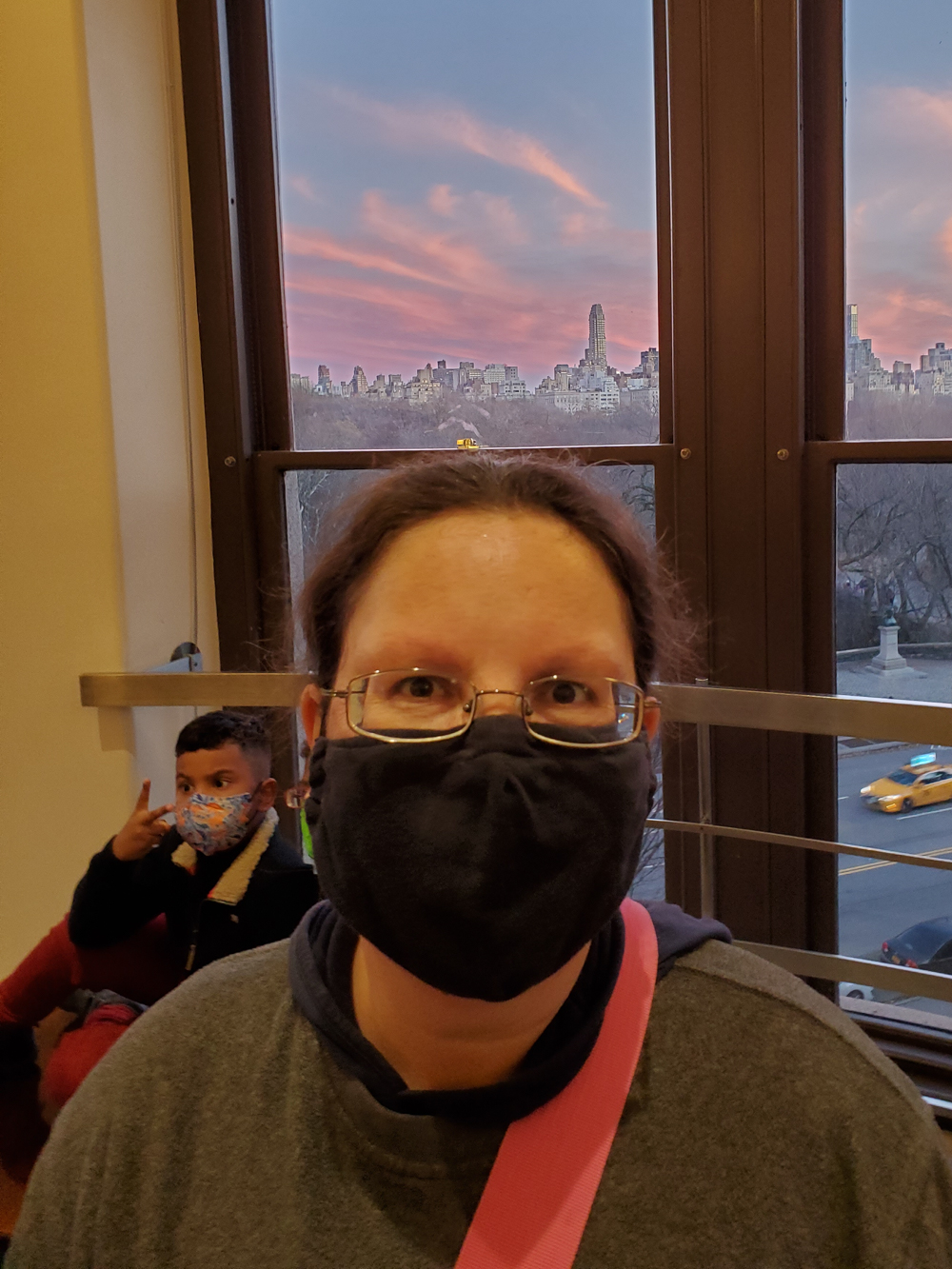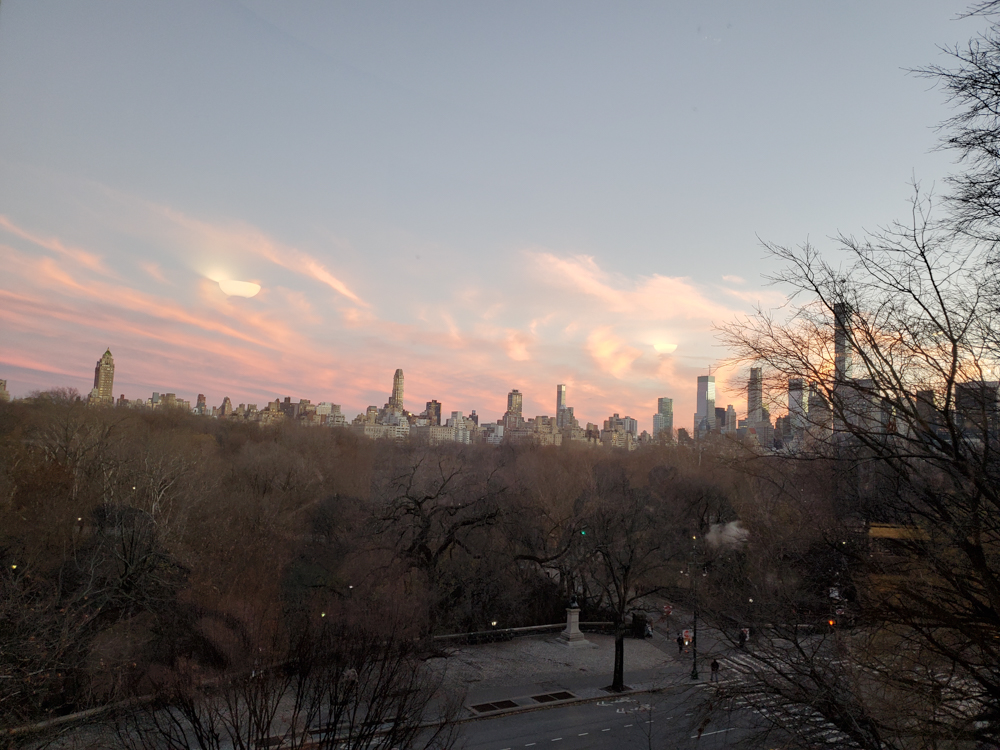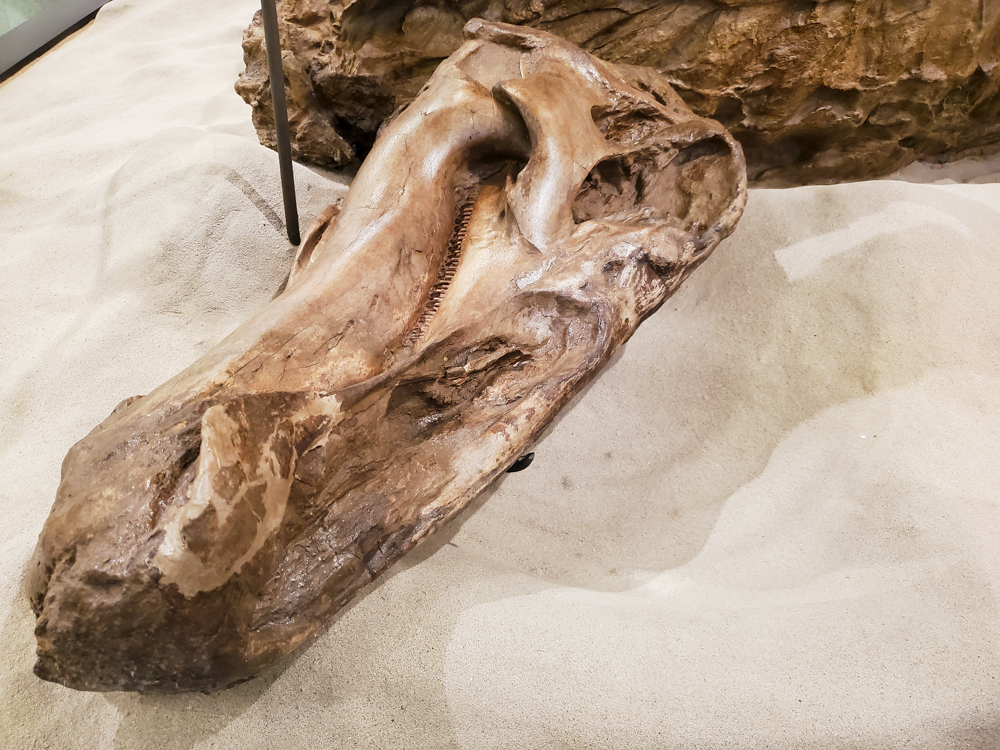The teenager's Honors World History: Ancient Times study (2 semesters; 2 high school credits) is a LOT of work, because we're using two college textbooks as the spine for this DIY course:
This homemade chocolate project is relevant to Duiker Chapter 6, "The New World," and Gardner Chapter 14, "From Alaska to the Andes: The Arts of Ancient America." It also builds context with our study of Mesoamerica, and trip to the Yucatan Peninsula, from two years ago. We discussed the Ancient Maya's relationship to chocolate then--our local university's art museum actually has a Maya vessel that still has the dregs of ancient hot chocolate inside!--but we didn't do any hands-on chocolate-making projects during that particular study.
Yay, because it gives us something new to do this year!
This TED-Ed video about the history of chocolate is surprisingly thorough for being less than five minutes long, and since our study of chocolate is mostly contained to the Ancient Maya, it builds context by centering chocolate within world history:
If you'd rather your student read than watch, here's about the same level of content as informational text from the Exploratorium.
For our hands-on project, I bought this Make Your Own Chocolate kit from Glee Gum--the kids and I have actually done this exact same kit before, but since it was a whopping ELEVEN YEARS AGO(?!?!), I figured we might as well give it another go!
The kit is marketed to and suitable for young kids like my own long-ago wee ones, but it's actually quite suitable for this nearly-grown teenager and fully-grown me, as well--as long as you're a beginner chocolatier, I suppose. If you can temper chocolate in your sleep this kit probably wouldn't cover much new ground for you, but the teenager and I didn't find the instructions or the activity babyish or overly simplified.
And look! We got to taste real cacao beans!
For mix-ins, we tried various combinations of candied ginger, dried unsweetened cherries, and peanut butter. The latter two in the same truffle was my favorite combo.
If you live within driving distance, Hershey's Chocolate World in Hershey, Pennsylvania, would be a fun, educational-ish trip. They mostly want to sell you things, but if you're thoughtful, you can make the things that they sell you work as enrichment. We didn't visit The Hershey Story on our own trip, but it looks much more legitimately educational, ahem.
If your kid gets really into the foodcrafting part of the experience, you can buy more of the same ingredients from the kit and make more chocolate from scratch. Kid-made homemade truffles or chocolate bars would be such a lovely Valentine's Day project or handmade gift!
Another super fun but low-effort chocolate crafting project is coating random foods in chocolate. Chocolate-covered gummy bears ARE surprisingly delicious, as are sour gummy worms, mint leaves, and, um... Ramen noodles.
If you're working with a young kid, and don't want to mess around too much with molten chocolate, you could make them a batch of edible chocolate slime for a fun sensory extension activity. Or make modeling chocolate, which sculpts well and is also delicious!
Here are some books that pair well with making your own chocolate:
- The Bitter Side of Sweet. Pair this with any chocolate study to bring insight and empathy to the serious problem of child enslavement that plagues modern chocolate production.
- The Book of Chocolate. This is a very readable history for apt middle grades and up.
- Charlie and the Chocolate Factory. It's not for the history buff, ahem, but it's perfect if you're doing the kit just to have fun with candy. If you've never read this book aloud to your kids, are you even a homeschooler?
- Chocolate Fever. Yes, it's a children's book, but it's really, really good! Find an audiobook version that you can listen to while you do some of this food crafting, and you can probably get through the entire book in one session.
- Making Chocolate: From Beans to Bar to S'more. This book is a completely excessive tome about making chocolate from scratch, but if you've got an older kid who's interested... well, you're homeschoolers for a reason!
P.S. Want to know more about all the weird math I have my kids do, as well as our other wanderings and wonderings? Check out my Facebook page!
.jpg)
.jpg)
.jpg)
.jpg)



.jpg)


















